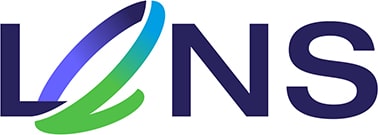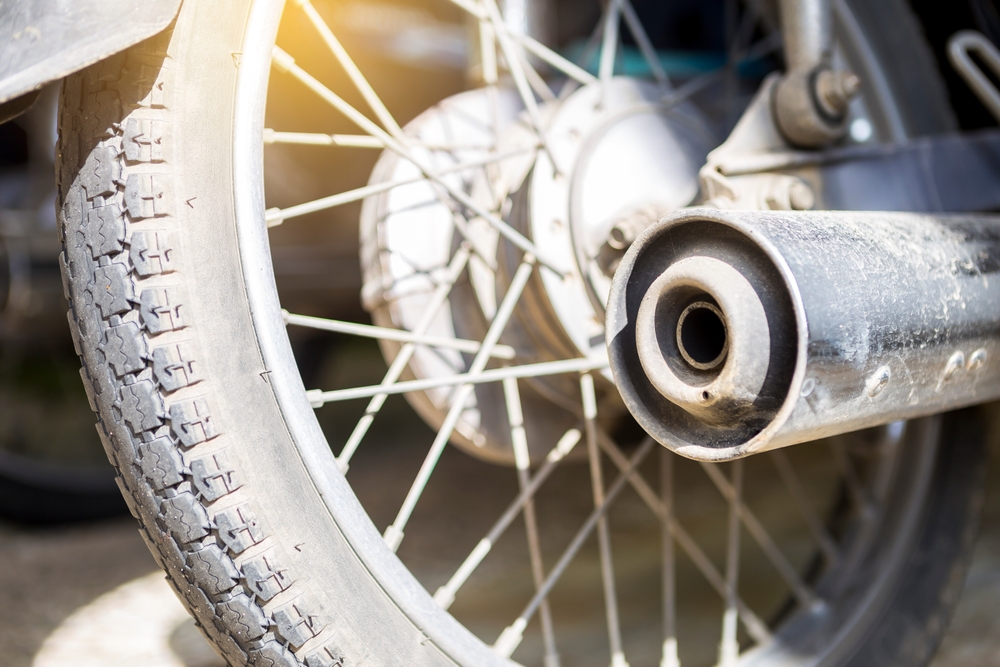Tampering poses a severe problem that may lead to harmful effects on the environment and human health alike. It further contributes to the deterioration of pollutant and noise emission performance, especially of L-category vehicle (LVs). Thus, LENS has published an overview of the most undesirable tampering effects.
This report describes the most common LVs tampering practices that are currently taking place around the EU and assesses their impacts on both air and noise pollution. Different tampering methods and their impacts on the noise- and air pollution levels were assessed and listed according to its level of external impacts. It is documented whether an increase or decrease is observed on the emission levels after applying each tampering practice, or whether such a practice has negligible effects. The result of this work could therefore be used as a guide to identify tampering methods easier and to reduce the detrimental effects of LVs on air and noise pollution.
LENS can conclude that the most common LV tampering method in the EU is the replacement of the original silencer of a vehicle with an after-market one. In addition, most tampering attempts aim to modify the exhaust system of a vehicle, while LV tampering is mostly motivated by the need to increase engine power. The modifications that seem to have the most significant effects on pollutant emissions are the removal of the catalyst, using an after-market engine control unit or an after-market carburetor. On the other hand, regarding noise impact, the removal of the silencer, using an adjustable exhaust valve or removing the air filter of a vehicle seem to affect noise levels most significantly.

